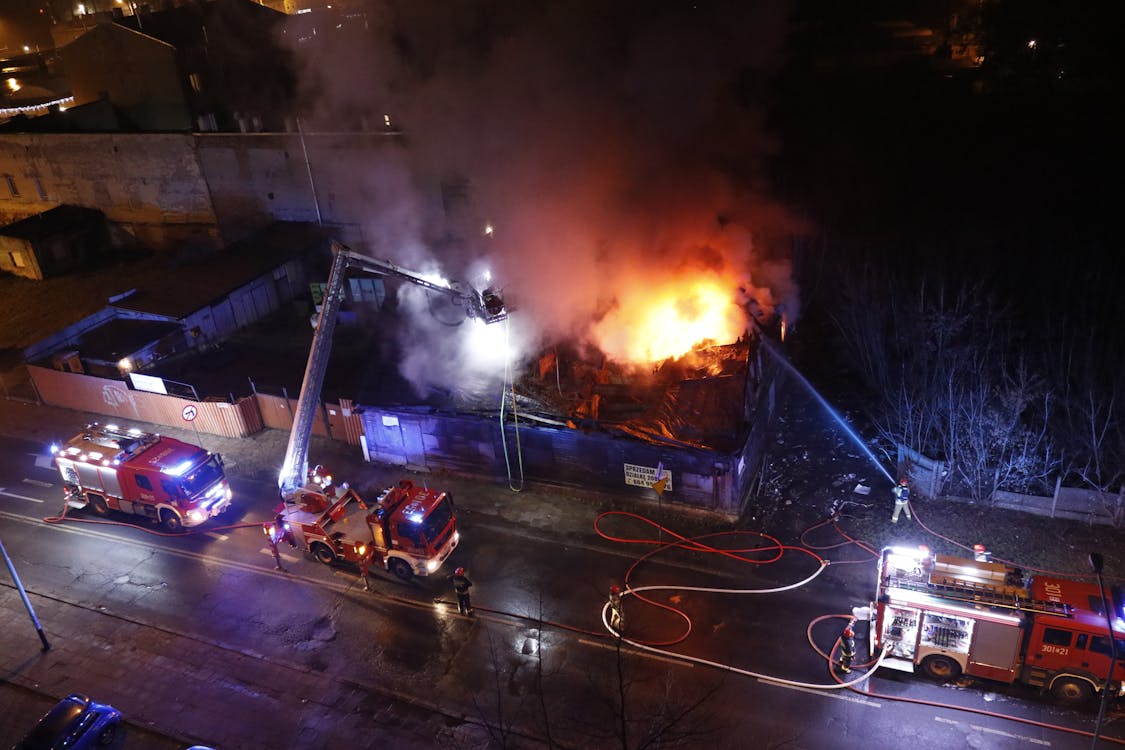Firefighting foam, particularly aqueous film forming foam (AFFF), has been widely used for decades due to its effectiveness in extinguishing difficult fires. However, recent studies have revealed that many firefighting foams contain per- and polyfluoroalkyl substances (PFAS).
As reported by NRDC, this group of man-made chemicals has been linked to severe health issues, including cancer, liver damage, and thyroid disease. For certain PFAS, even very low levels of exposure can adversely affect our health.
The environmental impact is also substantial, with PFAS being persistent in water and soil, leading to widespread contamination. According to ScienceDirect, PFAS contamination in soil and sediment, originating from sources like AFFF, disrupts soil microbes, plants, and the terrestrial food web.
As awareness of these dangers grows, individuals and communities are increasingly considering legal action against the manufacturers of these harmful products. Here’s how.
Identifying Exposure and Health Impacts
Before pursuing legal action, it is crucial to identify exposure to PFAS and understand the associated health impacts.
According to Daily Mail, individuals most at risk include firefighters, airport personnel, and residents living near military bases where AFFF has been used extensively. Symptoms and health conditions linked to PFAS exposure range from minor ailments to severe, life-threatening diseases.
Documenting medical conditions, obtaining health assessments, and understanding the connection between symptoms and PFAS exposure is essential. This process involves consulting with healthcare professionals who can provide expert testimony linking health issues to firefighting foam exposure.
Establishing Liability
According to TorHoerman Law, to succeed in a legal claim against firefighting foam manufacturers, establishing liability is crucial. This involves proving that the manufacturers knew or should have known about the dangers of PFAS and failed to warn users.
Take the same approach the AFFF lawyers did in the AFFF foam lawsuit. Gathering evidence such as internal company documents, scientific studies, and expert testimony is critical in demonstrating that the manufacturers were aware of the risks. Legal action often hinges on showing that the manufacturers’ negligence directly caused harm.
Consulting with an experienced attorney who specializes in environmental or product liability law can help in building a robust case. The expert lawyers in the AFFF firefighting foam lawsuit are currently helping the victims. These victims are suffering from cancer and other health issues due to PFAS chemicals present in the AFFF foam. Hence, expert legal help can’t be ignored when attempting to establish liability.
Timing and Statute of Limitations
Timing is a crucial factor when considering legal action against firefighting foam manufacturers. Each state has a statute of limitations that sets a deadline for filing lawsuits, typically starting from the date of injury.
Given the latent nature of PFAS-related illnesses, victims might not immediately connect their health issues to firefighting foam exposure. Therefore, it is vital to act promptly once a link is suspected. Consulting with an attorney early can help ensure that the legal process begins within the allowable time frame.
Class Action vs. Individual Lawsuits
PFAS exposure victims face a decision: joining a class action lawsuit or filing an individual claim. Class actions unite plaintiffs with similar claims against a defendant, providing collective strength and potentially reducing legal expenses.
However, compensation in class actions is divided among all plaintiffs, which might result in smaller individual settlements. On the other hand, individual lawsuits allow for personalized representation and potentially higher compensation tailored to specific damages.
Weighing the pros and cons of each option with a legal advisor is essential to determine the most suitable course of action.
Frequently Asked Questions (FAQs)
Why do manufacturers use PFAS in firefighting foam?
Manufacturers use PFAS in firefighting foam because these chemicals are highly effective at extinguishing flammable liquid fires. However, PFAS are harmful to the environment and human health due to their persistence.
Are all chemicals in firefighting foams harmful?
Not all chemicals in firefighting foams are harmful. However, many traditional foams contain PFAS, which are detrimental to the environment and human health.
How do firefighters protect themselves when fighting chemical fires?
Firefighters protect themselves in chemical fires by wearing specialized personal protective equipment (PPE), including chemical-resistant suits, gloves, and boots. They use self-contained breathing apparatuses (SCBA) to avoid inhaling toxic fumes. Decontamination procedures post-fire are crucial to remove any hazardous residues.
In summary, taking legal action against firefighting foam manufacturers is a significant step towards seeking justice and compensation for the harm their products cause.
Understanding the health impacts, establishing liability, and navigating the legal process are critical components of a successful lawsuit. Timely action, informed decision-making between class action and individual lawsuits, and securing expert legal representation are essential to achieve a favorable outcome.
As awareness of PFAS dangers continues to grow, holding manufacturers accountable not only provides relief to victims. It also prompts industry-wide changes to ensure safer practices in the future.
Keep an eye for more news & updates on VentsBreaking.Com!

